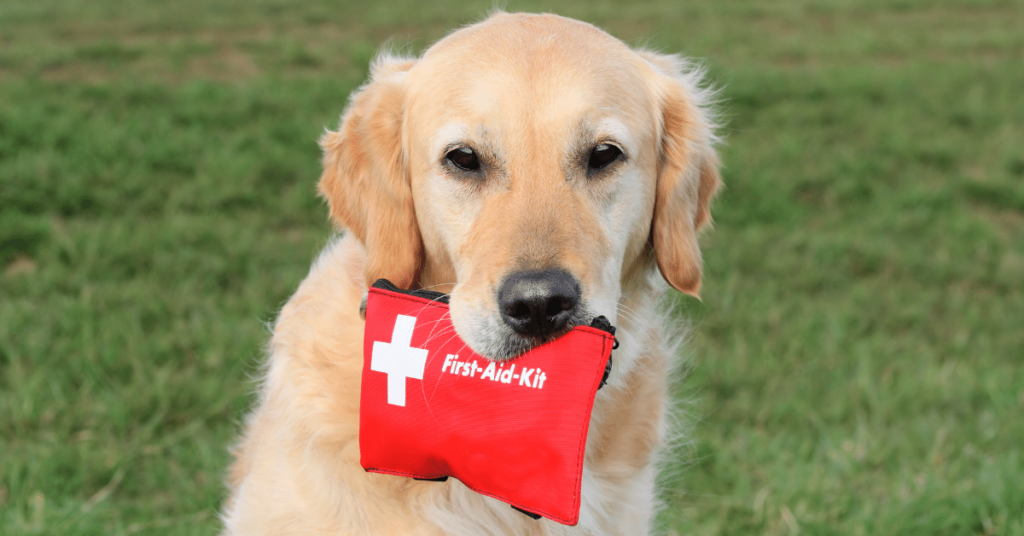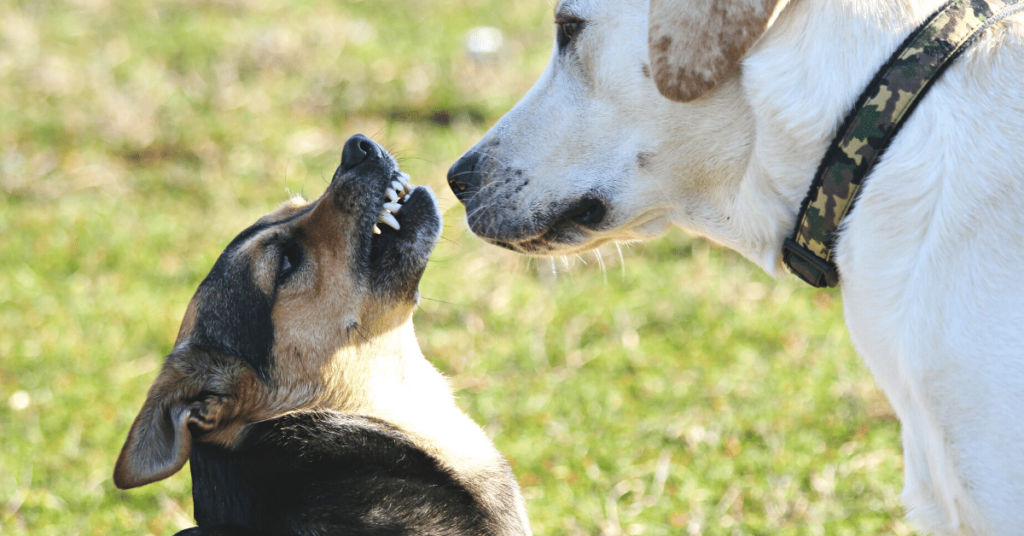Imagine you come home to find your beloved furry companion injured or experiencing a medical emergency. Would you know what to do? Being prepared and having knowledge of basic first aid for pets can make a significant difference in saving their lives. In this article, we will provide you with essential tips for handling pet emergencies, ensuring you can provide the necessary help when your furry friend needs it the most.
Knowing Your Pet’s Normal Vital Signs
Understanding your pet’s normal vital signs can help you recognize when something is wrong. Take note of their typical heart rate, respiratory rate, and body temperature. This knowledge will assist you in identifying potential health emergencies, as abnormal vital signs may indicate a serious problem.
Creating a Pet First Aid Kit
Having a well-stocked pet first aid kit is crucial. Include items such as gauze pads, adhesive tape, antiseptic wipes, hydrogen peroxide for inducing vomiting (only on a veterinarian’s recommendation), tweezers, gloves, and an emergency contact list including your veterinarian’s number and the nearest animal hospital. Keep this kit in an easily accessible place, and make sure all family members know its location.
Handling Common Emergencies
a. Bleeding – Apply gentle pressure to the wound using a clean cloth or gauze. If the bleeding is severe, use a bandage or wrap to cover the area and seek immediate veterinary attention.
b. Choking – If your pet is choking, try to remove the obstruction gently. Perform the Heimlich maneuver if necessary. If you cannot dislodge the object, seek veterinary assistance right away.
c. Poisoning – Contact your veterinarian or a pet poison helpline immediately if you suspect your pet has ingested something toxic. Avoid inducing vomiting without professional advice, as some substances can be more harmful when brought back up.
CPR for Pets
Knowing how to perform CPR (cardiopulmonary resuscitation) on pets is a valuable skill that may save a life. The procedure varies for dogs and cats, so it’s essential to familiarize yourself with each technique. CPR should only be administered when a pet shows no signs of breathing or a heartbeat.
Heatstroke and Hypothermia
Both heatstroke and hypothermia can be life-threatening for pets. Learn to recognize the symptoms and take immediate action. Move your pet to a cooler or warmer area, depending on the situation, and apply cool or warm, but not cold or hot, water to regulate their body temperature. Seek veterinary help promptly.
Handling Fractures and Injuries
In case of fractures or injuries, handle your pet with care. Avoid putting pressure on the affected area and try to immobilize it using a splint or makeshift bandage. Transport your pet to a veterinarian as soon as possible, ensuring minimal movement during transportation.
Getting to Know Common Pet Toxins
Prevention is key to avoiding emergencies caused by ingesting toxic substances. Familiarize yourself with common pet toxins such as chocolate, certain plants, household chemicals, and medications. Keep these items securely stored and out of your pet’s reach to minimize the risk of accidental ingestion.
When to Seek Veterinary Assistance
While providing early first aid measures is crucial, it is equally important to know when to seek professional veterinary assistance. If you have any doubts about your pet’s condition or the severity of the situation, do not hesitate to contact your veterinarian. Timely intervention can prevent a minor problem from escalating into a serious one.
In conclusion, being prepared and having basic first aid knowledge can make a significant difference when your pet faces an emergency. By knowing your pet’s normal vital signs, creating a pet first aid kit, and learning how to handle common emergencies, you can be better equipped to provide the necessary help. Remember, it is always best to consult with a veterinarian for proper guidance and advice regarding your pet’s health. Ensure you are well-informed and ready to act swiftly when your furry companion needs you the most.







